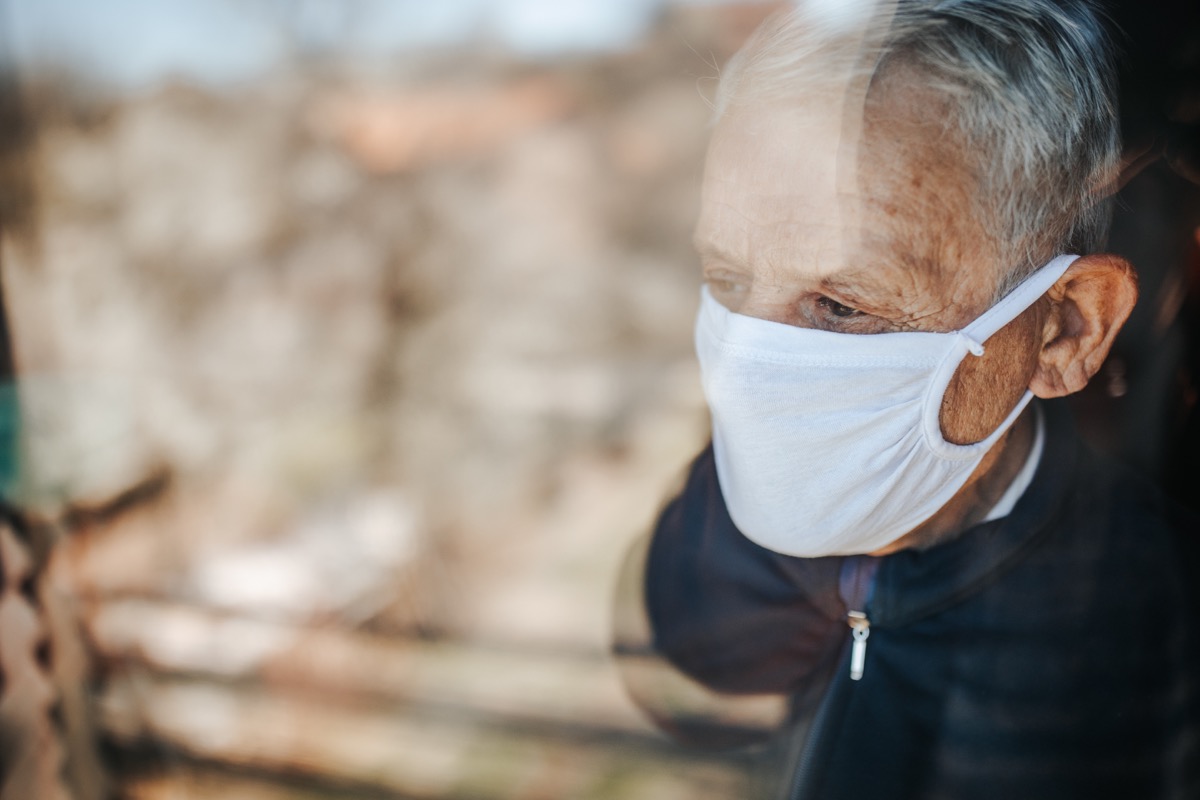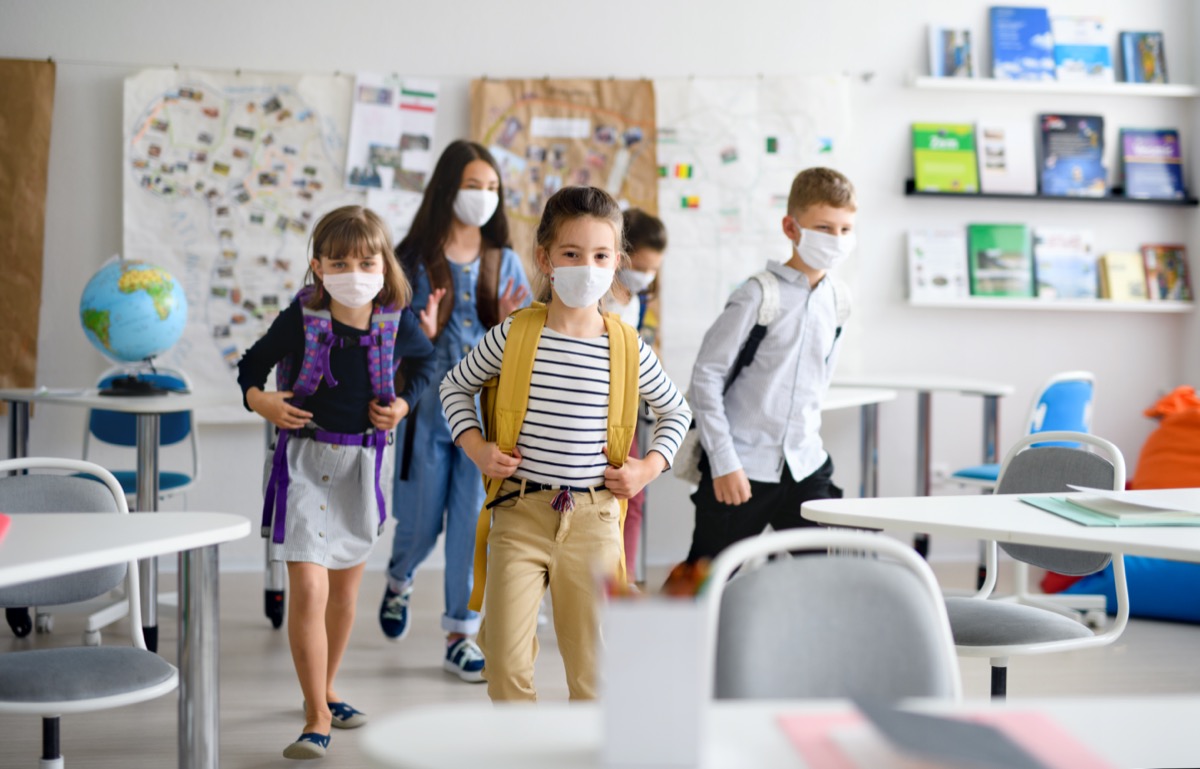In a travel advisory issued on Nov. 21, the top infectious disease agency announced that “travelers should avoid all travel to Mexico,” warning that “travel may increase your chance of getting and spreading COVID-19.” The advisory also warns that anyone who becomes sick while abroad “might not be permitted to return to the United States until you can end isolation,” which means 10 days after symptoms first appear and 24 hours without showing signs of a fever. But even those who have yet to develop symptoms or test positive are at risk of being denied re-entry. “If you are exposed to someone with COVID-19 during travel, you might be quarantined and not permitted to return to the United States until 14 days after your last known exposure,” the advisory cautions. Even though the land border between the U.S. and Mexico has been closed to non-essential travel since March—and will continue to be through at least Dec. 21—flights between the two countries have never actually stopped, The New York Times points out. But as Mexico just surpassed 1 million national coronavirus cases in the past week, the CDC has decided to issue its highest possible travel warning in hopes of deterring American tourists from flocking there. That being said, the CDC issued an announcement on Nov. 17, urging Americans to avoid traveling altogether to celebrate Thanksgiving this year. “CDC is recommending against travel during the Thanksgiving period,” Henry Walke, MD, the CDC’s COVID-19 Incident Manager, said during a call with reporters, according to CNBC. This is hardly the only update, change, or advisory the CDC has made lately. Read on to see what else the leading public health agency has said in recent weeks, and for more on where it’s not safe to go, check out 4 Places Dr. Fauci Says He Wouldn’t Go Right Now. Read the original article on Best Life. While it hasn’t been officially announced yet, The Wall Street Journal was the first to report that the CDC is looking to shorten the recommended quarantine period for people who have been exposed to COVID-19 from 14 days to as few as seven. According to Reuters, an unnamed CDC official confirmed that the agency is considering reducing quarantine time frames on a press call. “Let me confirm that we are constantly reviewing the evidence and we are starting to have evidence that a shorter quarantine complemented by tests might be able to shorten that quarantine period from 14 days to shorter days,” the official said. And for more on what the next phase of the pandemic could look like, These Are the COVID Vaccine Side Effects Doctors Are Worried About.ae0fcc31ae342fd3a1346ebb1f342fcb The CDC originally made a somewhat controversial decision to support the reopening of schools across the U.S. in August. But on Oct. 29, the agency made a surprising update to its COVID recommendations by walking back on its enthusiastic call to open schools. The previously posted guidelines, which cited low rates of transmission among children compared to adults, was removed from the CDC’s website without a public announcement, The Hill reported. “Some of the prior content was outdated and as new scientific information has emerged the site has been updated to reflect current knowledge about COVID-19 and schools,” a CDC spokesperson told the outlet. And to find out how you can monitor your risk, check out The Easiest Way to Tell If You’ve Been Exposed to COVID. On the same Nov. 17 call when the CDC advised against Thanksgiving travel, the agency also recommended that all Thanksgiving celebrations be limited to just people from the same household. The agency clarified that this doesn’t necessarily include those who are immediate family but are returning from college, military deployment, or other remote living arrangements. In those cases, the CDC recommends that people quarantine for two weeks leading up to Thanksgiving. “People who have not been living in your household for the 14 days before you are celebrating should not be considered members of your household and so you should take those extra precautions, even wearing masks within your own home,” Erin Sauber-Schatz, MD, the CDC’s lead for Community Intervention and Critical Population Task Force, said during the press call. And for more regular COVID updates, sign up for our daily newsletter. Mexico isn’t the only travel option that the CDC has effectively nixed. On Nov. 21, the agency also recommended that “all people avoid travel on cruise ships, including river cruises, worldwide, because the risk of COVID-19 on cruise ships is very high.” They also warned that “it is especially important that people with an increased risk of severe illness avoid travel on cruise ships, including river cruises.” Anyone who does decide to set sail should expect to get tested three to five days after their trip, as well as stay home for seven days once they return—even if they test negative. And for more on the area handling the pandemic better than most, check out This Is Now the Only State Without “Uncontrolled Spread” of COVID.



